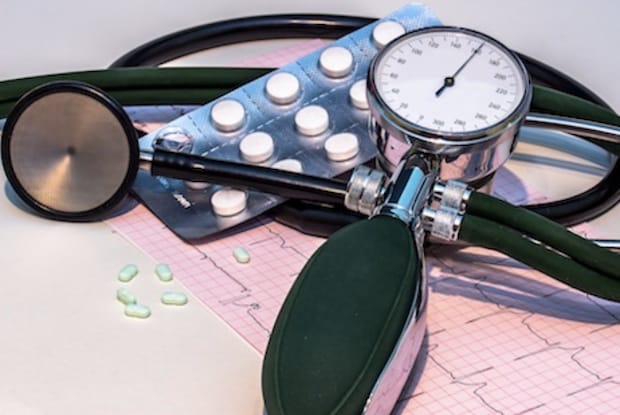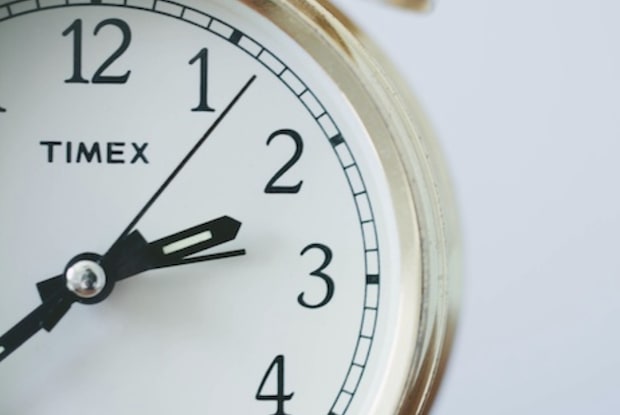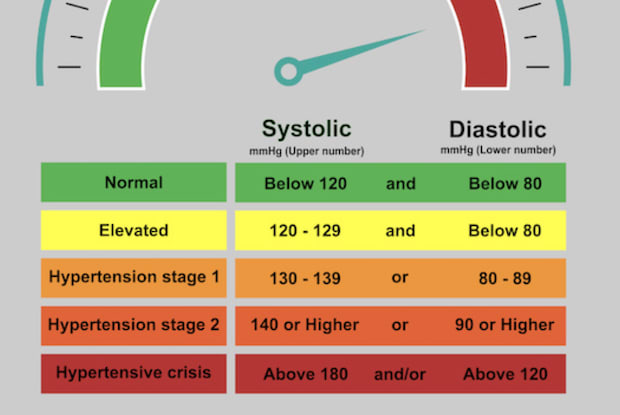Table of Contents:
I. What is High Blood Pressure?
II. How is Blood Pressure Measured?
a. Systolic and Diastolic Blood Pressure
b. When Should Blood Pressure Be Tested?
c. What Can Affect My Reading?
What is High Blood Pressure?
High blood pressure affects almost half of American adults, but many do not know that they have the condition. High blood pressure (also known as hypertension) can lead to severe complications if it is not treated properly. These complications can include heart disease, heart attack, and stroke.
There are several ways that you can lower your blood pressure. There are many different types of blood pressure medications, including Toprol XL (metoprolol XL) and Bumex (bumetanide). If you have high blood pressure, your doctor will prescribe medication to you based on your general health and how high your blood pressure is. If your doctor has prescribed you medication to manage your blood pressure you can order them online through RxConnected to save money. Additionally, lifestyle changes can also help to reduce your blood pressure and improve your health. When trying to lower blood pressure, it is important to eat a healthy diet, get regular physical activity, reduce stress, and limit alcohol and tobacco.
Hypertension is often referred to as a ‘silent killer’ because it typically has no symptoms, even in people that have dangerously high blood pressure. [1] If symptoms do appear, then severely high blood pressure can cause: However, since there are usually no symptoms, the best way to know if you have hypertension is to have your blood pressure tested. Keep reading to learn about how blood pressure is measured and tested. There are two important measurements for blood pressure: systolic pressure and diastolic pressure. A high reading for either of these measurements can mean that you have hypertension. A blood pressure reading of 120/80 mm Hg is normal blood pressure. This is read as “120 over 80.” The first number (120) is systolic blood pressure. Systolic blood pressure is the amount of force that the heart uses to move oxygenated blood out of the heart. The second number (80) is diastolic blood pressure. This measures the amount of force that the heart uses to refill the heart with blood that needs to be oxygenated. Both systolic and diastolic blood pressure is measured in mm Hg (millimetres of mercury). [2] Your blood pressure is affected by several factors and fluctuates throughout the day. Even simple changes can affect your blood pressure by up to 40 mm Hg, which is a fairly significant leap. Your blood pressure should be measured when you are relaxed and resting. In order to get a fair reflection of your blood pressure, it should be tested on multiple days. [3] If your blood pressure is being measured by your doctor, then it is likely that they will schedule appointments at different times of the day to get a fair reflection of your ‘usual’ blood pressure. A single result of high blood pressure does not necessarily mean that you suffer from hypertension. As mentioned, several small factors can play a big role in your blood pressure. First and foremost, it is important to be relaxed. Sit quietly and comfortably in a chair for at least three minutes to stabilise blood pressure. Make sure that your back and arms are supported and your legs are uncrossed, and your feet are firmly touching the floor, not dangling in the air. Sitting in this way can lower blood pressure by between 2 and 10mm Hg. Any sort of physical activity can increase blood pressure. Make sure that the blood pressure cuff fits comfortably and is placed directly onto your skin with no clothing accidentally underneath it. Even a corner of a shirt under the blood pressure cuff could cause an inaccurate reading. Another factor that slightly raises your blood pressure can be temperature. If your measurement is taken in a colder room, then your blood pressure may be higher than you expect. Talking, even to a nurse or doctor, may also increase your blood pressure reading. You should also visit the washroom before measuring because your blood pressure gradually increases as your bladder fills. A full bladder may increase your systolic blood pressure by up to 15 mm Hg. [4] As well as these small factors, other issues and substances can raise your blood pressure. Tobacco, alcohol, and caffeine all spike blood pressure and should be avoided for at least 30 minutes before measurement. Stress and anxiety are other factors that can raise blood pressure. Blood pressure can be split into five categories according to The American College of Cardiology/American Heart Association: Normal Blood Pressure: Blood pressure of 120/80 mm Hg and lower is considered healthy and normal. Elevated Blood Pressure: Systolic blood pressure is between 120 and 129 mm Hg and diastolic blood pressure of below 80 is considered an elevated blood pressure. This should be a red flag. Although you do not yet have high blood pressure, it is likely that this will occur if your lifestyle and habits are not improved. While medications are unlikely to be needed at this stage, you should consider making healthier lifestyle choices. Stage 1 Hypertension: Systolic blood pressure of between 130 and 139 mm Hg and a diastolic pressure of between 80 and 89mm Hg is stage 1 hypertension. You should make healthier lifestyle choices and will likely need medications if your blood pressure does not improve within one month. Stage 2 Hypertension: This is a more severe form of hypertension and occurs if systolic pressure is higher than 140 mm Hg or diastolic pressure is over 90 mm Hg. Stage 2 hypertension requires medications and lifestyle changes. Hypertensive Crisis: If your blood pressure reading is above 180/120 mm Hg, then you will require urgent treatment, even if you are not showing symptoms. This reading shows a serious health issue. [2] Regular visits to your doctor's office can ensure you catch a rising blood pressure before it becomes a severe health impairment. Along with diet changes and an active lifestyle, you may require blood pressure medications like Bumex (bumetanide) to help with blood pressure management. Order your antihypertensive meds from RxConnected to experience up to 90 percent in savings today. The content in this article is intended for informational purposes only. This website does not provide medical advice. In all circumstances, you should always seek the advice of your physician and/or other qualified health professionals(s) for drug, medical condition, or treatment advice. The content provided on this website is not a substitute for professional medical advice, diagnosis, or treatment.
How Is Blood Pressure Measured?
a. Systolic and Diastolic Blood Pressure
b. When Should Blood Pressure Be Tested?

c. What Can Affect My Reading?
Levels of Blood Pressure


